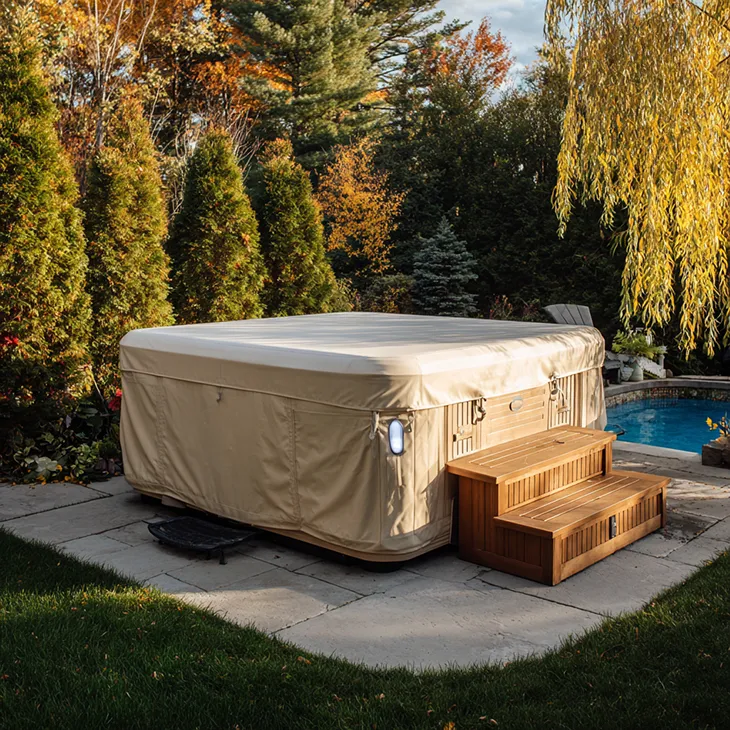
In contemporary outdoor design, every surface plays a role in the overall visual narrative. From curated patio furniture to sculptural planters, the modern backyard is increasingly a space of intention and refinement. And yet, one element is consistently overlooked in the design conversation: the spa cover.
Tucked behind foliage or under architectural pergolas, the hot tub has become a quiet status symbol. But its cover? Often warped, stained, or outdated. An afterthought at best, a visual liability at worst.
Aesthetic Integrity Begins at the Surface
Design-minded homeowners understand that form and function are not mutually exclusive. A spa cover, while utilitarian, holds the same potential for visual cohesion as any other element in a carefully composed outdoor space. When it’s aligned with the architectural palette (whether that means matte charcoal tones, minimalist lines, or weather-resistant tailoring), it becomes part of the language.
By contrast, a bloated or waterlogged cover can destabilize the visual rhythm. It creates discord where harmony was intended. And much like worn flooring or cracked tiles indoors, these subtle interruptions erode the perception of care.
The Spa as a Design Feature, Not a Technicality
A hot tub represents more than just hydrotherapy. In design terms, it serves as a grounding element, a focal point that balances the linearity of patio spaces with its circular form and reflective water surface. Surrounding it with high-design cues is essential to preserving that visual rhythm.
As Architectural Digest outlines, staging today extends beyond interiors. Outdoor areas have become central to how a home is presented and perceived. Yet when it comes to spas, the conversation often stops at landscaping. The cover, despite its surface area and visibility, remains conspicuously absent from the aesthetic equation.
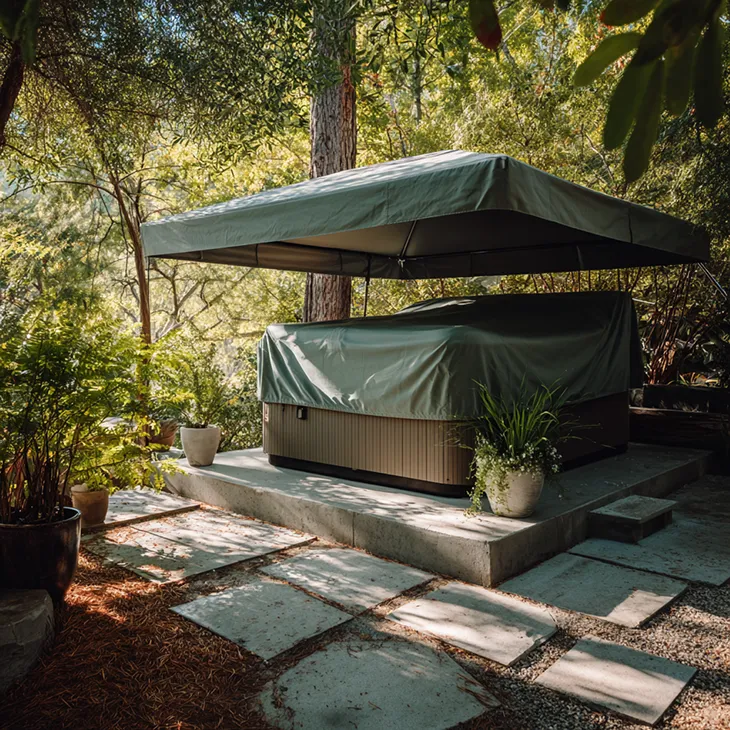
Materiality and Performance: The Design Duality
A modern spa cover should do more than sit well within its surroundings. It should also perform. Advanced materials now offer slimmer profiles, increased UV resistance, and moisture-repelling capabilities that extend the lifespan of the spa itself.
These are both technical and design upgrades. A slim, tailored cover in a subdued palette has the effect of disappearing into the space while elevating it at the same time. Companies like The Cover Guy have leaned into this intersection of form and utility, producing spa covers that support the contemporary aesthetic without compromising durability.
Energy Efficiency, Concealed in Good Design
Beneath the surface of aesthetic choices lies another form of design intelligence: energy efficiency. As outdoor spaces become more integrated into daily routines, energy usage becomes a more relevant factor in both environmental and lifestyle considerations.
An aged or saturated spa cover can allow significant heat loss, increasing energy consumption and undermining sustainability goals. According to the U.S. Department of Energy, proper insulation in spa covers can dramatically reduce heat loss and operational costs over time.
A well-fitted, modern cover prevents this inefficiency while blending into its surroundings, a quiet but impactful design win.
Visual Cues and Perceived Value
In real estate, small details often shape perception. A home’s outdoor area, once treated as secondary, now plays a leading role in staging and valuation. A misaligned or neglected spa cover may not appear on a feature list, but it registers in the visual memory of potential buyers.
Spatial storytelling continues to shape how architecture and real estate are experienced. Every line, texture, and object sends a signal. And when that signal is disjointed (when the eye lands on a deteriorating spa cover), it alters the viewer’s impression of the home itself.
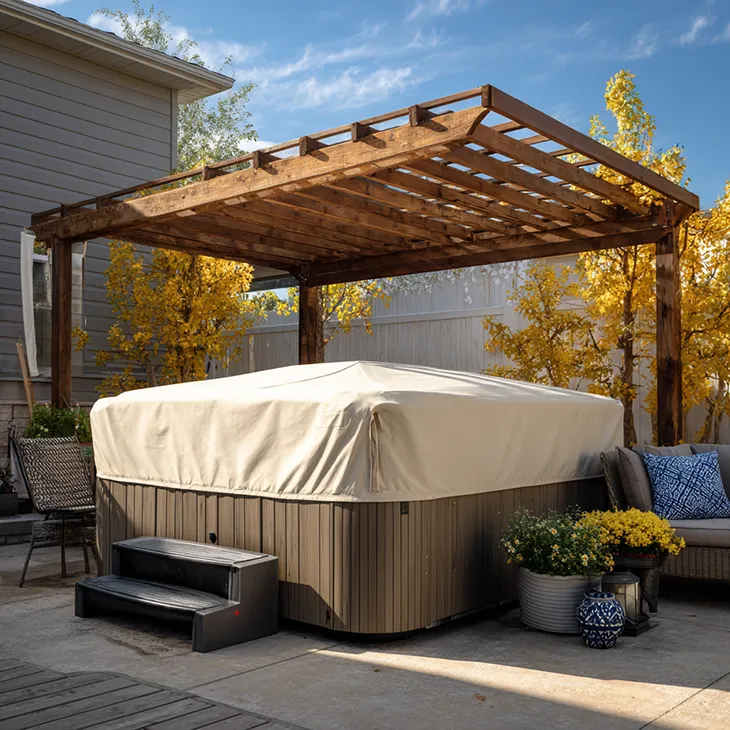
Quiet Luxury, Outdoor Edition
Quiet luxury is often defined by restraint, by pieces that don’t shout but hum with precision. In the outdoor context, this ethos extends to surfaces that blend seamlessly and materials that age gracefully. The modern spa cover, at its best, should feel like a natural extension of the deck or patio, not an intrusion.
Clean design is rarely accidental. It’s the result of considered choices at every level, including the utilitarian ones. And that’s where most outdoor aesthetics fall short: by failing to bring the same attention to the practical components.
The Future of Spa Design Is Holistic
As architecture moves further toward biophilic design, wellness integration, and indoor-outdoor fluidity, the role of outdoor fixtures will only expand. Covers, fences, enclosures, once seen purely as barriers, are now design opportunities.
The spa cover, when reimagined through this lens, shifts from necessity to feature. It becomes a study in minimalism, geometry, and material craft.
Finally, the impact of good design lies in the emotional atmosphere it creates. When the lines are clean and every object feels intentional, the space becomes more than functional. It becomes restorative.
A hot tub in a contemporary backyard is already a statement. Its cover should complement that statement, not undermine it.
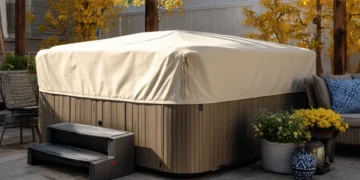
















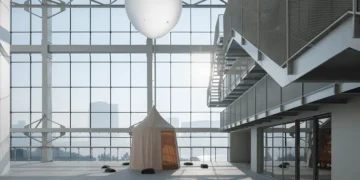


It is so annoying but yeah you need a cover over these 🫠